With the holiday season approaching, as stress and anxiety heighten, it can be helpful to develop more coping strategies to get through difficult moments throughout your day. Mindfulness meditation can be an extremely helpful technique to reduce stress and anxiety. However, you can engage in these practices even without any formal meditation throughout your day. Below are a few ways to incorporate mindfulness into your daily life allowing you to feel more focused, calm, and at peace.
RAIN. “R” is to recognize when a strong emotion is present. “A” is to acknowledge that it's there. “I” is to investigate or bring awareness to what this feels like in our bodies and minds, and “N” is to non-identify with what’s there. This means recognizing that the emotion is just a passing feeling and does not define you. Just like watching a movie, seeing the actors play out scenes, by non-identifying with your own story and seeing it as something that is passing, this allows you to not identify and make this a focus of who you are. Utilizing R.A.I. N. as a mindfulness practice can help you create space to be present, in the moment, and grow, having a better understanding of what fuels our negative emotions.
STOP. Another tip to include mindfulness in your daily schedule: creating space to shift from worried thoughts back into the present moment. When we are present we have a firmer grasp of all our options and resources which often make us feel better. Next time you find your mind racing with stress, try the acronym S.T.O.P.:
S – Stop what you are doing, put things down for a minute.
T – Take a breath. Breathe normally and naturally and follow your breath coming in and of your nose.
O – Observe your thoughts, feelings, and emotions. Reflect on your thoughts and feelings, noticing what is a fact versus a thought that is passing. Notice any emotions that are there and just name them. Then notice your body. Are you standing or sitting? How is your posture? What do you feel in your body?
P – Proceed with something that will support you in the moment. Whether that is talking to a friend or reading a good book.
Walk. Walking is an easy way to incorporate mindfulness into your day. Here are a few ways to incorporate mindfulness into walking:
Appreciation – If you are fortunate enough to have the ability to walk, try and remember, it took a long time and a lot of effort to learn to walk, and it is something to not take for granted, that we have this ability.
Grounding – Bring your attention to the sensations of your feet and legs as the heel touches the ground, then the base of the foot, then the toes, and then they lift. This is a way to connect to the action of walking in the present moment.
Open Awareness – Walk slightly slower and begin to open your awareness to all your senses one by one. Sight, sound, taste, feeling, smell. See what is around you, listen to the sounds. Then stop for a moment and see if you can take in all of the senses.
Mantra – Recite some sayings while taking a few steps. For example, take a few steps and during an in-breath recite a positive affirmation or mantra that is important and meaningful to you.
Shower. What would happen if instead of thinking about all the plans you had to catch up on while you were in the shower, you took a pause, and then brought your nose to the smell of the soap…brought your attention to the sensation of water on your arms? Focusing on sensations in the present moment relaxes the mind and allows us to refocus on the present, reducing feelings of anxiety and stress.
No matter what strategy you try, mindfulness practice has multiple mental health benefits, no matter what time they are used.
Mindfulness practices are helpful across any situation. Click here for more support in building out your mindfulness practice as the holidays approach.


